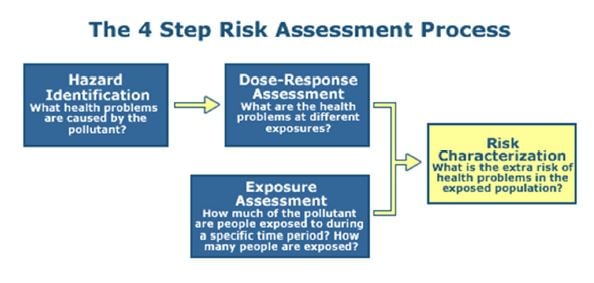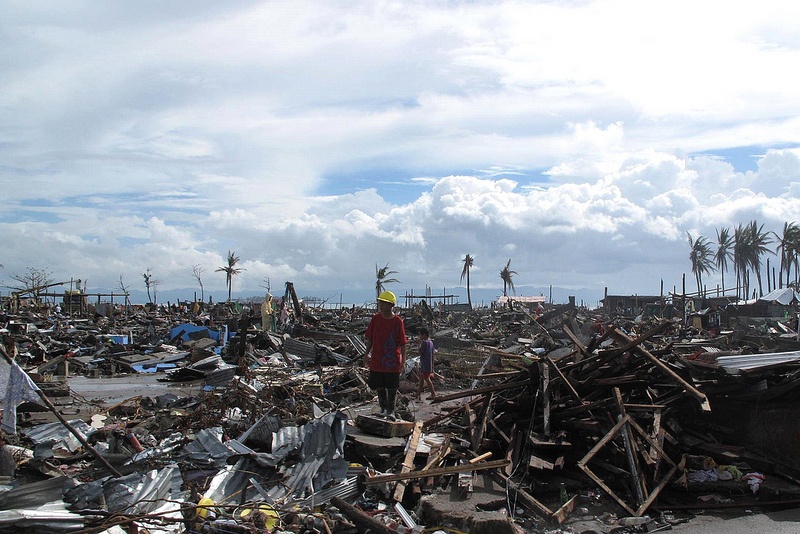We’re taking a look at the four major entry routes through which a chemical can enter the body. In our last blog, we unpacked the ways a person can inhale chemicals, and the respiratory protection your workplace must have in place. Today, we review how toxins and hazardous chemical substances are absorbed through the skin.
How toxins and hazardous chemical substances are absorbed through the skin
Topics: risk, risk assessment, Environmental hazards, Hazardous chemical substances
Why the M1 Grayston Bridge inquiry has been postponed – again!
After months of delays and several postponements, the M1 Grayston Bridge inquiry resumed on Tuesday 26 September – only to be postponed promptly once again. In the weeks prior to the resumption, the Department of Labour’s Teboho Thejane said, ‘Families that have been waiting to hear all the arguments so that they can put this matter to rest, to hear what has happened and if there are any people that are responsible for this. But at this point… we’re waiting to hear the arguments.’
Topics: News and Opinions, Occupational Health and Safety, Construction, Grayston Bridge, Incidents, Incident Investigation, risk by industry, risk assessment
Enterprise risk assessment methodologies: Conclusions and strategic recommendations
We’ve come to the end of Jiaqi Sun’s review of enterprise risk assessment methodologies. All that’s left to do is sum up what we’ve discussed, with potential recommendations.
Risk management and assessment are not new concepts and have been evolving for decades. Many methodologies and techniques originate from the military, aviation, shipping and petroleum industries, such as FMEA and bow-tie analysis. Today, they remain some of the major risk assessment tools in various industries, such as mining, manufacturing and construction.
Topics: Risk management, risk methodologies, risk assessment
Selection criteria for risk assessment methodologies and technique
The selection of a quantitative or qualitative techniques depends on the availability of data for hazard identification, and on the level of analysis and evaluation you need to make a confident decision. Some techniques are more suitable than others for certain situations, activities or systems. The following are key factors for the selection of risk assessment techniques or methodologies (Mullai, 2006), with additional criteria that may be added to take into account industry-specific factors:
Topics: Risk management, risk methodologies, risk, risk assessment
Topics: Risk management, risk methodologies, risk, risk assessment
Topics: Risk management, risk methodologies, risk, risk assessment
Dissecting methods of risk analysis and their efficacy
Topics: Risk management, risk methodologies, risk, risk assessment
Topics: Risk management, risk methodologies, risk, risk assessment
Topics: risk methodologies, risk, risk assessment
For both quantitative and qualitative approaches, a wide range of techniques exist as illustrated in the chart below (please refer the American Bureau of Shipping (2000) for more details). Each technique has its own:
Topics: risk methodologies, risk, risk assessment













